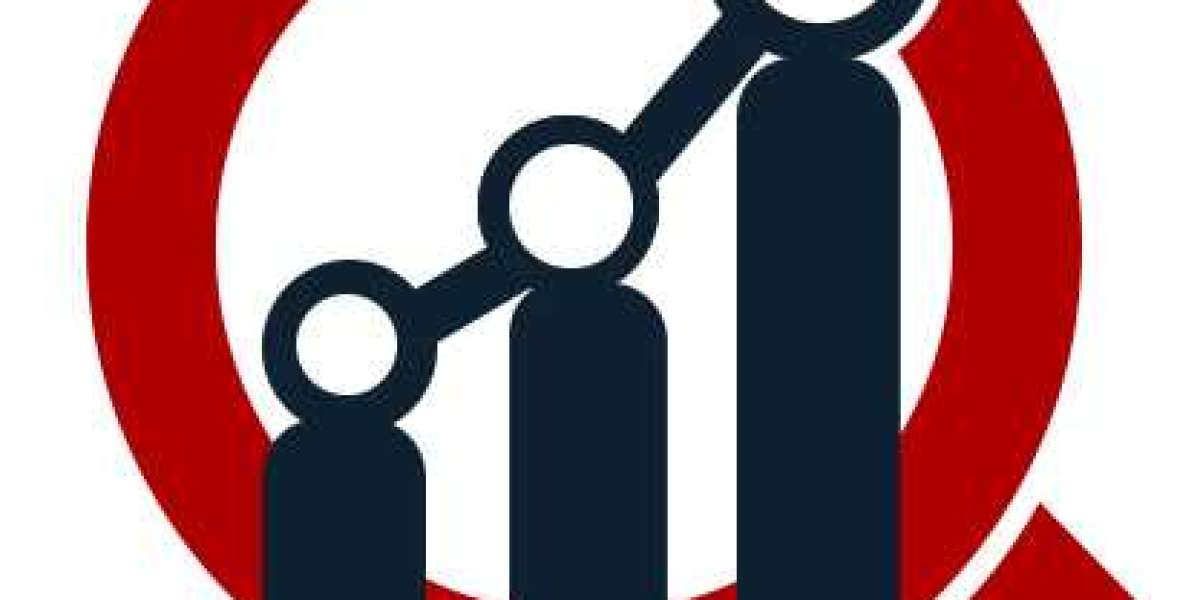Industrial Thermal Insulation industry 2022-2030
Market Research Future (MRFR) study on the global industrial thermal insulation market (2022-2030) provides a detailed COVID-19 analysis on current and potential market situations. The study highlights key players, including a five-year global trend overview that highlights market growth. The study also includes a forecast of market opportunities for each region over the next five years.
Get Sample Report PDF @ https://www.marketresearchfuture.com/sample_request/4876
Industrial thermal insulation market expected to witness substantial growth by 2030. Insulation is categorized as a material or combination of material that hinders the flow of heat energy into the environment. Industrial thermal insulation is used to perform various functions such as heat conservation by reducing heat loss or gain, facilitating process temperature control, and improving the operating efficiency of steam, power systems, and heating equipment found in industrial installations.
Usually, the temperature range for industrial thermal insulation varies from-75 deg C to 815 deg C. All industrial applications below-75 deg C are known to as "cryogenic," and those above 815 deg C are known as "refractory." They are further classified into three segments: low temperature, intermediate temperature, and high thermal insulation. Low-temperature thermal insulation is used for refrigeration, cold, or chilled water applications. The intermediate temperature is used for hot water, steam condensate, and high-temperature hot water applications and high-temperature thermal insulation is used for turbines, exhausts, incinerators, boilers, stacks and breeching applications.
They possess excellent thermal resistance, high-temperature durability, and low thermal conductivity making them suitable for a broad range of end-use industries such as power generation, petrochemical refineries, automotive, aerospace defense, and others.
Speak to Analyst @ https://www.marketresearchfuture.com/ask_for_schedule_call/4876
Market Dynamics
According to MRFR research, some of the significant market factors and developments found in the global industrial thermal insulation market are widespread awareness, increasing consumption of insulation products, and rising population.
In addition, the expansion of manufacturing activities due to increasing public and private investment in the oil and gas, petrochemical, energy, and industrial sectors are anticipated to fuel for industrial thermal insulation. In addition, increased government focus on improving industrial output, developing special economic zones, industrial corridors, as well as subsidies and tax cuts for different manufacturing groups and industrial corporations are projected to give new impetus to market growth in the coming years.
Furthermore, growing demand for industrial refrigeration to prevent condensation and the production of high-temperature insulation wools is expected to fuel the market growth during the review period 2022 to 2030.
Segmentation
The global industrial thermal insulation market is categorized based on material and end-use.
Based on material, the market for industrial thermal insulation is segmented into calcium silicate, mineral fiber, foamed plastic, perlite, cellular glass, and others.
Based on end-use, the market for industrial thermal insulation is categorized into petrochemical refineries, power generation, aerospace defense, automotive, and others.
Regional Analysis
The global Industrial Thermal Insulation industry is segmented into the Asia Pacific, Europe, Latin America, North America, and the Middle East Africa.
Asia Pacific is anticipated to lead global growth with a healthy CAGR during the review period due to rapid industrialization and the continued expansion of several end-use industries, including those of automotive and power generation. The demand for industrial thermal insulation is predicted to rise in various Asian Pacific countries such as China, Japan, South Korea, India, Vietnam, and Malaysia as a result of increasing consumer base and supporting government regulation. In addition, increasing urbanization, the availability of cheap raw materials, labor and land, and the soberly strict regulatory framework are some of the main drivers for the regional growth of the industrial thermal insulation market over the forecast period.
North America emerged as the most significant industrial thermal insulation market, followed by Europe and the Asia Pacific. The North American market is expected to see substantial growth due to increased demand from aerospace defense companies. The U.S. and Canada are among the key contributors to the growth of the regional market due to strong growth in the defense sector.
Europe is expected to see a substantial increase in the industrial thermal insulation market due to a large customer base for a variety of end-use industries, combined with significant investments to revitalize the chemical process sector over the forecast period. European countries such as the United Kingdom, France, Germany, Poland, Russia, Spain, and Italy have emerged as the main contributors to the regional growth of the industrial thermal insulation market and are estimated to remain dominant during the review period due to the widespread use of thermal insulation in the automotive and petrochemical sectors.
In Latin America, countries such as Brazil and Mexico are the most significant contributors to the global market due to strong growth in the automotive sector. It is estimated that the Middle East and Africa will witness robust growth over the 2022-2030 forecast period. Kuwait, Oman, Iran, Qatar, Saudi Arabia and the United Arab Emirates (UAE) are among the major contributors to the regional market growth due to the strong presence of the oil gas and petrochemical sectors.
Ask for Customization @ https://www.marketresearchfuture.com/ask_for_customize/4876
Table Of Contents:
1 Executive Summary
2 Scope Of The Report
2.1 Market Definition
2.2 Scope Of The Study
2.2.1 Research Objectives
2.2.2 Assumptions Limitations
2.3 Markets Structure
3 Market Research Methodology
3.1 Research Process
3.2 Secondary Research
3.3 Primary Research
3.4 Forecast Model
Related Reports:
https://www.marketresearchfuture.com/reports/liquid-polybutadiene-market-3999
https://www.marketresearchfuture.com/reports/magnesium-chloride-market-8101
https://www.marketresearchfuture.com/reports/mono-ethylene-glycol-market-2709
https://www.marketresearchfuture.com/reports/monofilament-market-6124
https://www.marketresearchfuture.com/reports/polyvinyl-alcohol-fiber-market-7292
Contact:
Market Research Future®
99 Hudson Street,5Th Floor
New York, New York 10013
United States of America
Phone:
+1 628 258 0071(US)
+44 2035 002 764(UK)
Email: sales@marketresearchfuture.com














